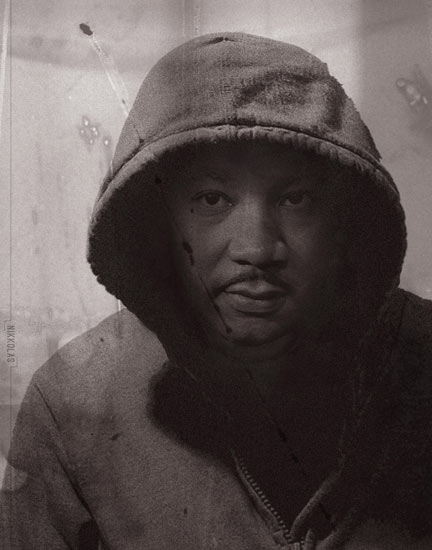
Rising to speak at the Lincoln Washington Memorial on 28th August 1963, Dr. Martin Luther King, Jr. was standing at the summit of racial segregation in America.
Despite the abolition of slavery after the civil war, ‘Jim Crow Laws’ in Southern states denied black people the right to vote, organise or meet together. Public transport, public toilets, water fountains, restaurants and public schools were segregated, with the worst conditions reserved for black people. In Northern states discrimination carried on in practice when it came to jobs, bank lending practices, housing and union practices.
It could very well have been assumed then that in America in 1963, fifteen years since it was signed by a majority of governments around the world, including America, the Universal Declaration of Human Rights (UDHRs) had failed.
This month marks the 50th anniversary since King delivered his historical I have a dream address to over 210,000 people. Pitched to console, to galvanise and inspire the nonviolent civil rights movement the speech is widely accepted as a masterpiece in rhetoric in painting a picture of an integrated and unified America and by invoking the Declaration of Independence, the Emancipation Proclamation, and the United States Constitution:
I have a dream that my four little children will one day live in a nation where they will not be judged by the colour of their skin but by the content of their character.
Chiming out the capital with calls to freedom, justice and equality for all, the UDHRs it seemed was there in all but name.
The March on Washington event sought to demonstrate mass support for civil rights legislation proposed two months earlier by President Kennedy. In the months and years leading up to August 1963 the rising tide of nonviolent civil disobedience through legal challenges, peaceful sit-ins, boycotts, marches and freedom rides was political organising at its best and paved the way for The Civil Rights Act the following year which barred discrimination against racial minorities, religious factions and women.
The achievements of the civil rights movement are celebrated through remembering Dr. Kings speech, which hasn’t lost any of its power, resonance or immediacy in America as shown by reactions to the recent shooting of an unarmed young black man, Treyvon Martin, and the acquittal of his shooter.
Zimmerman’s acquittal is the most challenging because this ostensibly was the judicial system working as it should, complete with televised trial by jury. The acquittal on grounds of self-defence essentially means an unarmed boy has no legal protection against an armed man who, ignoring the advice of the police, decides to follow and shoot him. In such a situation the insistence that the jury faithfully upheld the law is not comforting but deeply troubling. For it confirms the suspicion that the law is deeply selective in terms of whom it seeks to protect and to pursue.
– Gary Younge ‘America cares for you – until you start asking questions‘, The Guardian (12th August 2013).
Here’s the 17 minute speech in full, which is well worth making the time to watch.
Full Transcript of I have a dream speech by Dr. Martin Luther King, Jr. | BBC News
- For teachers | see the Show Racism the Red Card Teacher Education Pack (2008) in the resource library
- Timeline of the African-American Civil Rights Movement.
